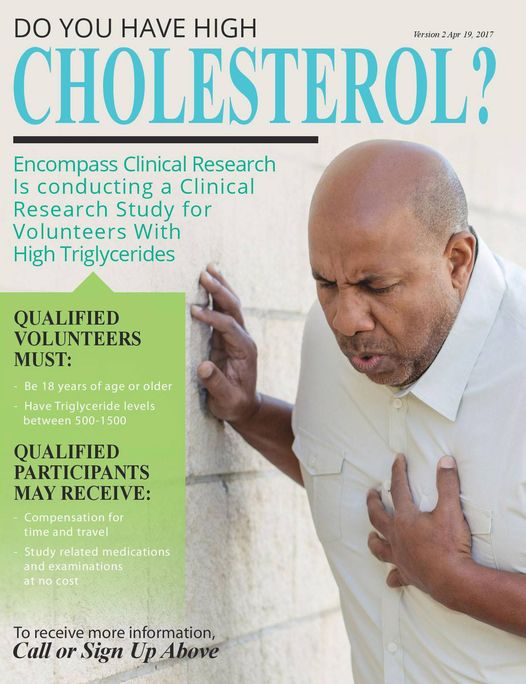Attention Deficit Hyperactivity Disorder (ADHD) is a neurodevelopmental disorder that affects many children worldwide. Recognizing the signs, understanding the symptoms, and obtaining a proper diagnosis are crucial steps in supporting children with ADHD. This article will explore the intricacies of ADHD in children, shedding light on the common signs, symptoms, and the diagnostic process.
Recognizing the Signs of ADHD:
Inattention:
Children with ADHD often struggle to maintain focus on tasks, frequently becoming easily distracted and forgetful. They may need to be more careful in their work and need help organizing activities.
Hyperactivity:
Hyperactivity manifests as excessive fidgeting, restlessness, and difficulty staying seated. Children with ADHD may talk excessively, interrupt others, and find it challenging to engage in quiet, focused activities.
Impulsivity:
Impulsivity is a hallmark of ADHD, leading to hasty decision-making and difficulty waiting for one's turn. Children may act without considering the consequences, interrupt conversations, and struggle with self-control.
Common Symptoms of ADHD:
Difficulty in Academic Settings:
ADHD can impact a child's academic performance. They may need help with tasks that require sustained attention, leading to challenges in completing assignments, following instructions, and staying organized.
Social Challenges:
Children with ADHD may encounter difficulties in social situations. Impulsivity and hyperactivity can affect their ability to form and maintain friendships, leading to social isolation and frustration.
Emotional Regulation Issues:
Emotional regulation can be challenging for children with ADHD. Mood swings, outbursts, and heightened emotional reactions may be common, making providing support and strategies for emotional self-regulation essential.
The Diagnostic Process:
Comprehensive Assessment:
The diagnosis of ADHD involves a comprehensive assessment that considers the child's medical history, behavior in different settings, and input from parents, teachers, and other relevant individuals. Various assessment tools may be employed to gather comprehensive information.
Inclusion of School Observations:
Observations from teachers are integral to the diagnostic process. Teachers can provide valuable insights into the child's behavior, attention span, and interactions within the school environment, contributing to a more holistic understanding.
Rule Out Other Conditions:
ADHD shares symptoms with other conditions, such as learning disabilities and anxiety disorders. The diagnostic process includes ruling out these possibilities to ensure an accurate diagnosis and appropriate intervention.
Consultation with Specialists:
Consulting with specialists, such as child psychologists or developmental pediatricians, may sometimes be necessary. These professionals bring specific expertise in understanding and diagnosing neurodevelopmental disorders.
Parental Involvement:
Parental involvement is crucial throughout the diagnostic process. Parents provide valuable information about their child's behavior at home, contributing to a comprehensive understanding of the child's overall functioning.
Management of ADHD
1. Behavioral Interventions:
Dr. Hanid Audish elucidates that behavioral interventions focus on modifying and shaping behavior through positive reinforcement and consequences. Setting clear expectations, establishing routines, and providing immediate feedback for positive behaviors can be effective in managing ADHD symptoms.
2. Classroom Accommodations:
Dr. Hanid Audish indicates that collaborating with teachers to implement classroom accommodations is crucial. These may include preferential seating, breaking tasks into smaller steps, and providing additional time for assignments and tests. Teachers can also use visual aids and cues to help maintain the child's attention.
3. Medication Management:
Medication may sometimes be recommended as part of the treatment plan. Stimulant medications, such as methylphenidate and amphetamines, are commonly prescribed to help improve attention and focus. Non-stimulant medications may also be considered, depending on the child's response and specific needs. Dr. Hanid Audish
4. Parent Training and Support:
According to Dr. Hanid Audish, educating parents about ADHD and providing them with tools to support their children is crucial. Parent training programs can offer strategies for effective discipline, communication, and creating a structured home environment. Support groups for parents of children with ADHD can provide a sense of community and shared experiences.
5. Psychoeducation for the Child:
Helping the child understand their ADHD and providing age-appropriate psychoeducation is empowering. Teaching them strategies for self-regulation, time management, and organizational skills fosters a sense of independence and self-efficacy.
6. Occupational Therapy:
Occupational therapy can be beneficial in addressing sensory and motor challenges associated with ADHD. Dr. Hanid Audish asserts that therapists work with children to enhance their fine and gross motor skills, sensory processing, and self-regulation.
7. Physical Exercise:
Regular physical exercise has been shown to have positive effects on attention and mood in children with ADHD. Encouraging activities such as sports, dance, or martial arts can provide an outlet for excess energy and contribute to overall well-being.
8. Individualized Education Plans (IEPs):
For children with ADHD who qualify for special education services, an Individualized Education Plan (IEP) can be developed. This plan outlines specific accommodations and support services tailored to the child's needs, ensuring a comprehensive approach to education.
9. Multidisciplinary Collaboration:
Collaboration among healthcare professionals, educators, therapists, and parents is paramount. Dr. Hanid Audish illustrates that a multidisciplinary approach ensures that interventions are coordinated and aligned to provide the most effective support for the child.
By adopting a holistic and multidisciplinary approach to managing ADHD in children, we can create an environment that supports their unique needs and helps them thrive. In our next discussion, we will explore long-term considerations and potential transitions as children with ADHD progress through different stages of development.






Comments